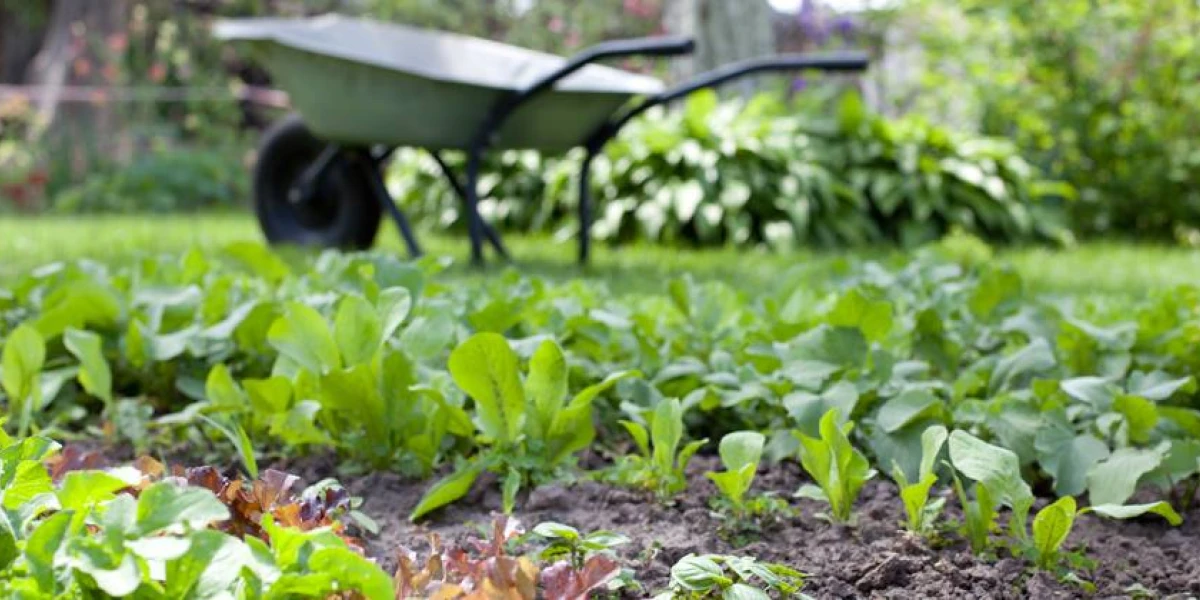So, you have bought some vegetable seedlings from the garden centre, or you have grown some seedlings from seed, and it is time to transplant them from their pots or seed trays into the garden.
Here are some tips to ensure you get the most from your transplants:
- About 1-2 weeks before the seedlings are ready to plant outside (see below), harden them off so they are prepared for outdoor. Stop giving them fertiliser and set them outside for a few hours each day in a bright sheltered place. Increase the time outside each day until ready to plant out.
- Examine the plants. Look at the leaves, stems, and roots.
- Leaves should be green and healthy with no marks or lesions. Discard plants with very few leaves or leaves that are unhealthy looking.
- Look for insects, check the undersides of leaves and leaf petioles.
- Stems should be firm and upright with no signs of marks or insects. Discard plants whose stem is distorted, marked or not strong enough to hold the plant upright (unless it is a creeping plant).
- Roots should be white, and the root ball should be as large as the above soil parts of the plant. Discard plants with small, brown, or damaged root systems.
- The vegetables should be the correct stage of development. This is a guide to the approximate age of seedlings that should be planted out:
- Broccoli: 6-7 weeks
- Cabbage: 6-7 weeks
- Cauliflower: 6-8 weeks
- Celery: 9-12 weeks
- Cucumber: 2-3 weeks
- Eggplant/Aubergine: 8-10 weeks
- Onion: 9-12 weeks
- Pepper: 8-10 weeks
- Squash: 2-3 weeks
- Tomato: 6-8 weeks
- Check your seed packet or seedling label for more specific timing
- As a rule of thumb, a seedling that has three to four true leaves is large enough to plant out in the garden (after hardening off)
- Plants younger than these recommendations may not be tolerant of drought, wind, or low temperatures. Plants older than these recommendations may have too much growth and may have started flower production. This may mean the shock of transplanting reduces fruiting and the quality and quantity of the crop.
- Choose the place to plant your seedlings and prepare the soil by digging in good organic material.
- Dig the holes at appropriate spacing ready for your seedlings. Add stakes if the plant will require support.
- Water the seedlings and let then drain. Gently remove the seedling from the seed tray, cell or pot. Try not to disturb the roots.
- Loosen the root ball and place it in the prepared hole in the garden or pot. Fill in around the plant with soil/potting mix. Press down gently around the plant so that it is securely planted.
- Water well and wait for your produce to develop.
- Regularly check for pests and disease.
David Brittain
Kiwicare


